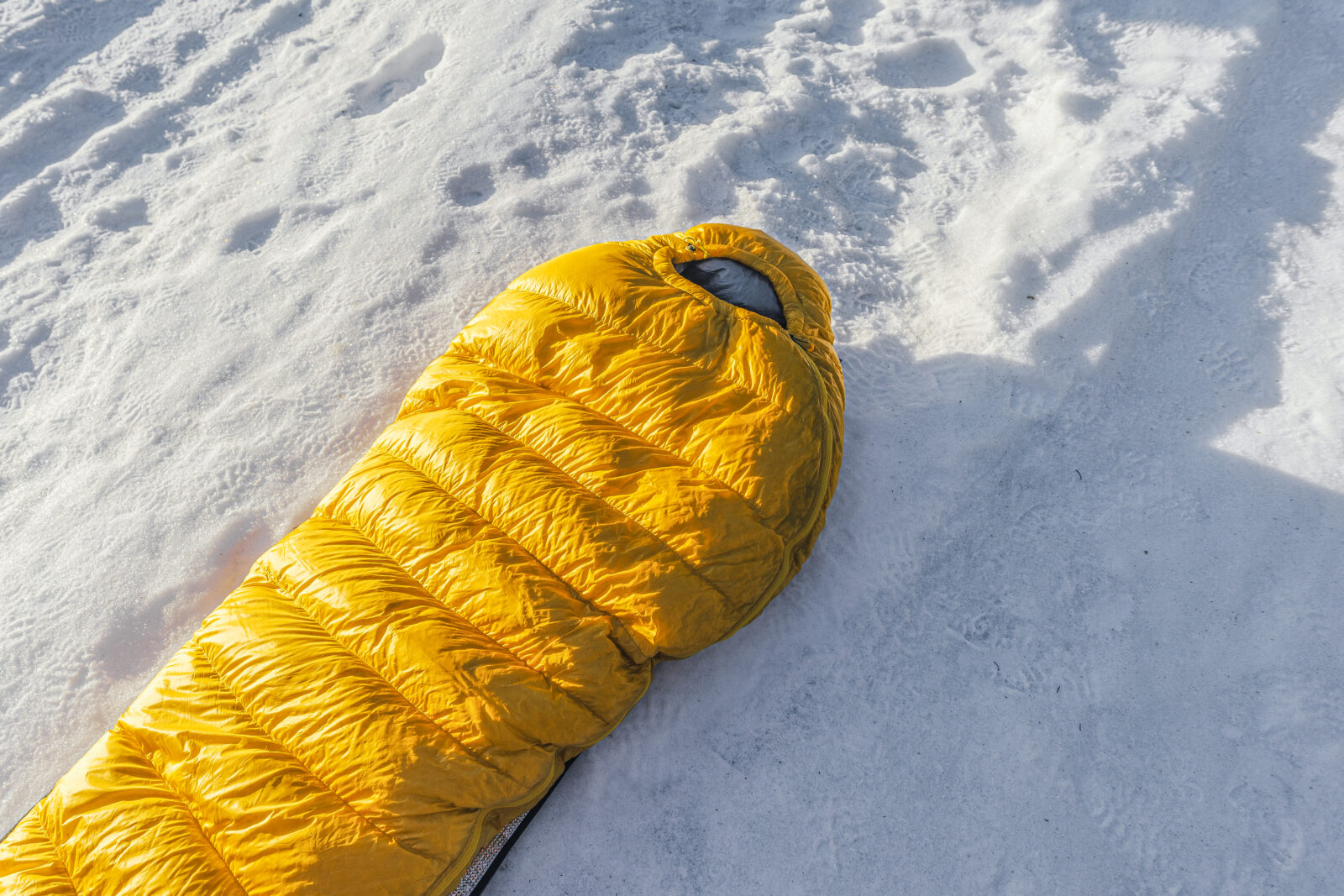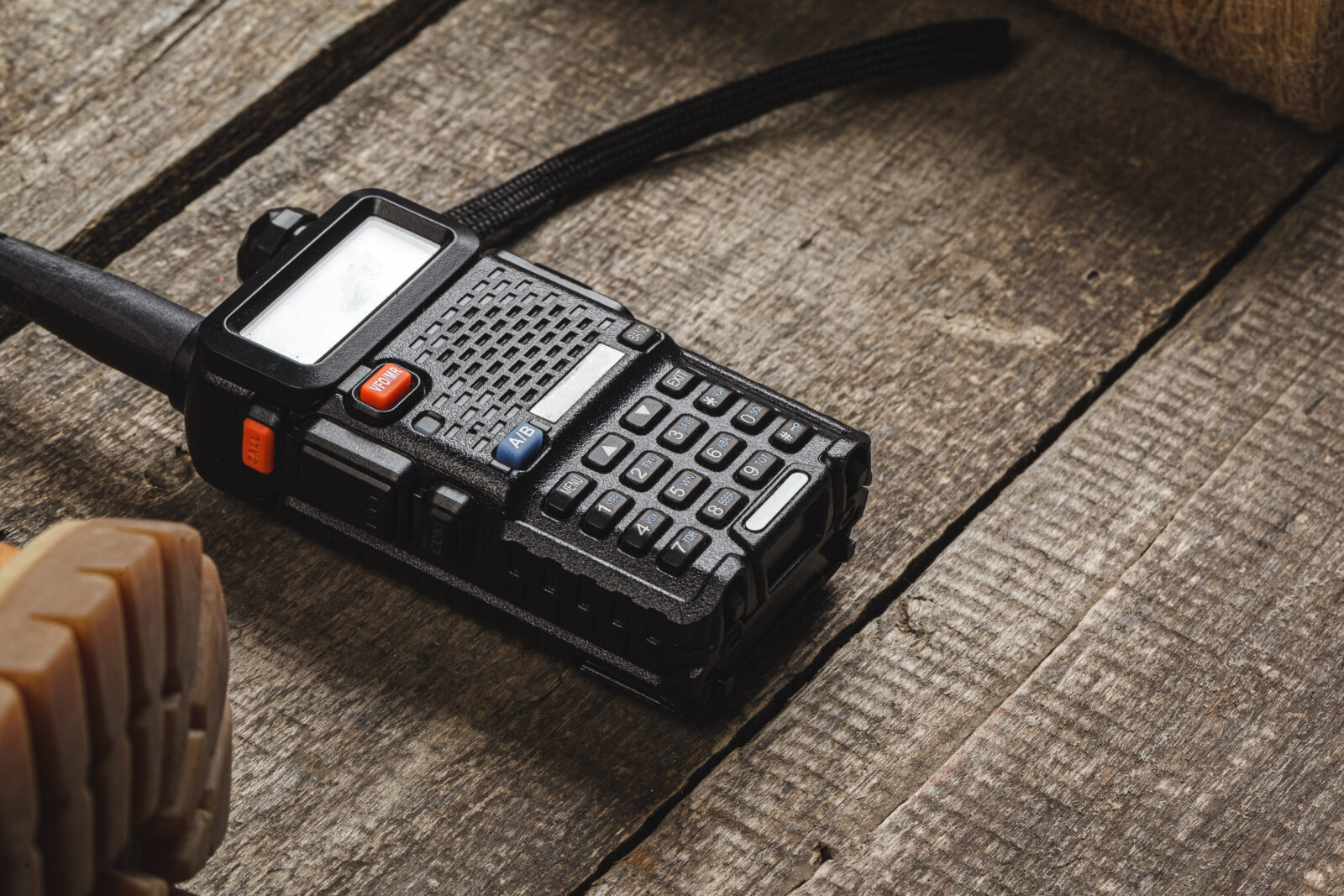Heading out on your first high-altitude trek and feeling a bit nervous about what to expect?
You’re not alone.
High-altitude adventures can be an amazing way to experience the wonders of the alpine. However, venturing into these extreme environments takes a lot of planning and foresight to ensure that everyone goings off without a hitch.
We want you to make the most of your time in the mountains, so we’ve put together this list of tips for how to camp safely at a high altitude. From understanding the warning signs of altitude sickness to acclimatizing properly, here’s what you need to know before your next high elevation hiking expedition.
1. Understand the warning signs of altitude sickness
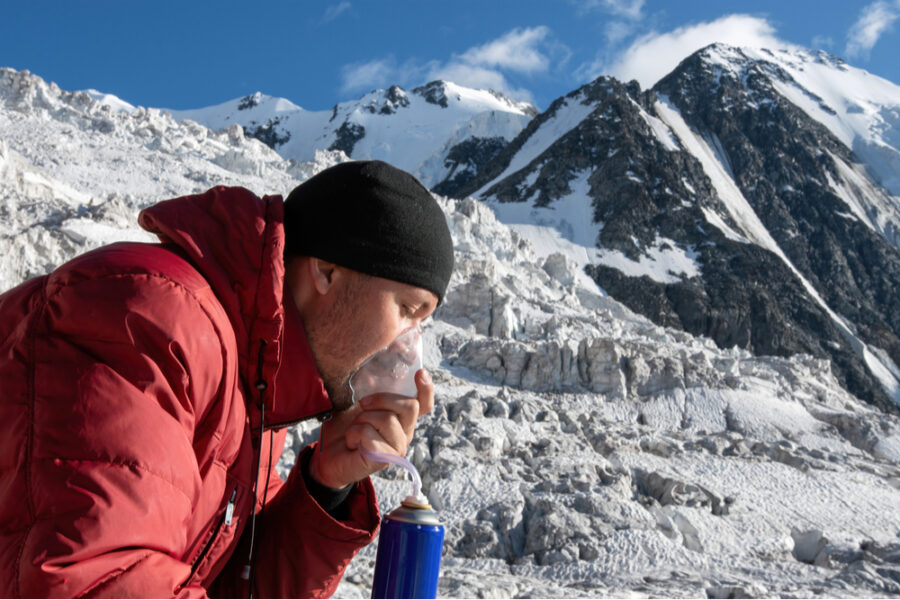
By far the biggest concern for anyone camping at high elevations is the risk of developing altitude sickness.
Altitude sickness, or acute mountain sickness, can develop at elevations as low as about 8,000 feet (2,400 m), so it’s something to consider when venturing to places like Rocky Mountain National Park and Glacier National Park. For the most part, acute mountain sickness causes people to feel sluggish, out of breath, dizzy, and light-headed, but it is not fatal.
However, acute mountain sickness can quickly develop into life-threatening conditions like high altitude pulmonary edema (HAPE) and high altitude cerebral edema (HACE).
Therefore, understanding the warning signs of altitude sickness is essential if you want to be able to prevent mild symptoms from turning into a full-blown medical emergency.
2. Know what to do if you feel unwell
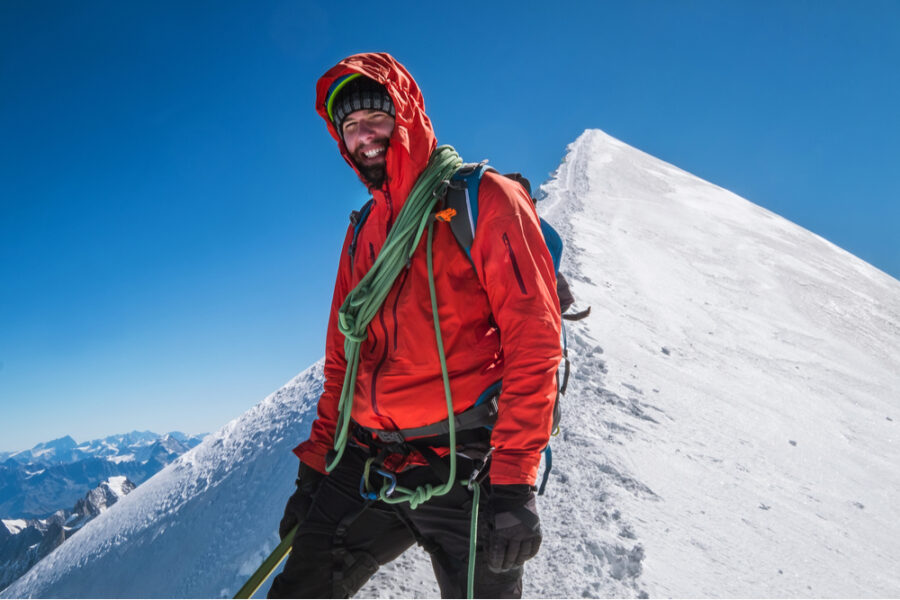
In addition to understanding the warning signs of altitude sickness, anyone that ventures into high elevations needs to know what to do if they start to feel unwell.
Thankfully, the answer is simple – descend to a lower elevation.
In medicine, we very rarely have such a clear-cut answer to what you need to do if you’re feeling sick. But, if you’re showing any signs or symptoms of altitude sickness, descending to a lower elevation is the only thing that’s going to make you feel better.
In fact, you’ll likely start to feel better within a few hours of heading downhill. The key is to recognize the symptoms of altitude sickness and to respond appropriately by turning around as quickly as possible.
3. Make a plan to acclimatize properly
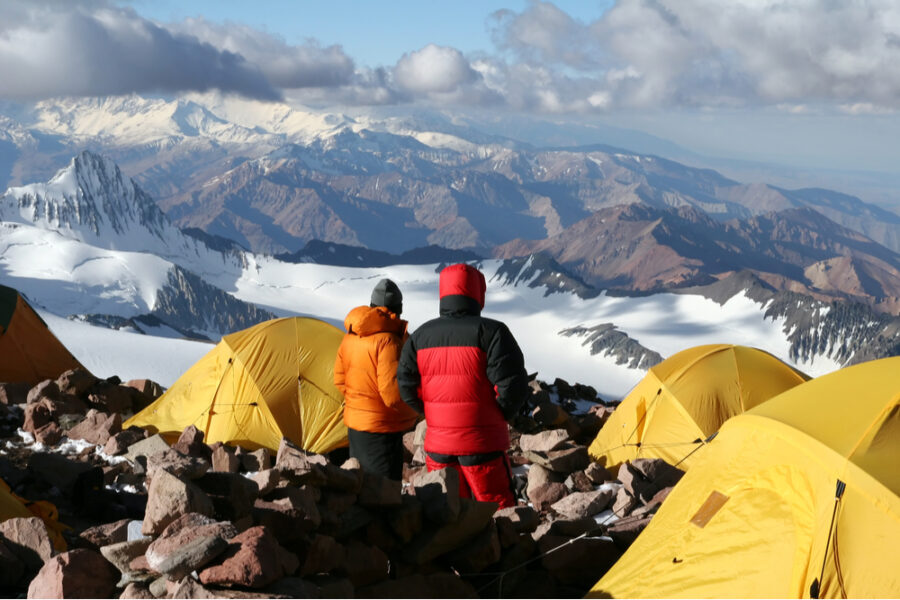
While there’s no guaranteed way to prevent altitude sickness, we do know that proper acclimatization is critical if you want to minimize your chances of feeling ill during your trip. As a result, anyone heading to a campsite over 8,000 ft (2,400 m) is strongly encouraged to make an acclimatization plan.
For destinations below about 11,000 feet (3,300 m) or so, most people will find that they can acclimate within about 1 to 2 days of arrival at their campsite. However, if you plan to venture above that elevation, you should seriously consider a more concentrated acclimatization effort.
The general rule for high altitude hiking and climbing is that you should climb high and sleep low.
This means that you’ll want to set up your 2 person tent at a low elevation of say 12,000 feet (3,600 m) for the night. Then, the next day, you’ll climb up to about 15,000 feet (4,500 m) before descending back to your last campsite. On the third day, you’ll move your campsite to 15,000 feet (4,500 m).
You’ll continue this acclimatization process until your body feels comfortable with the elevation. If you’re on a high-altitude trek, you may not stay at the same campsite each night. But, you can plan to camp at lower elevation sites along your route each night.
4. Prioritize your fitness before your trek
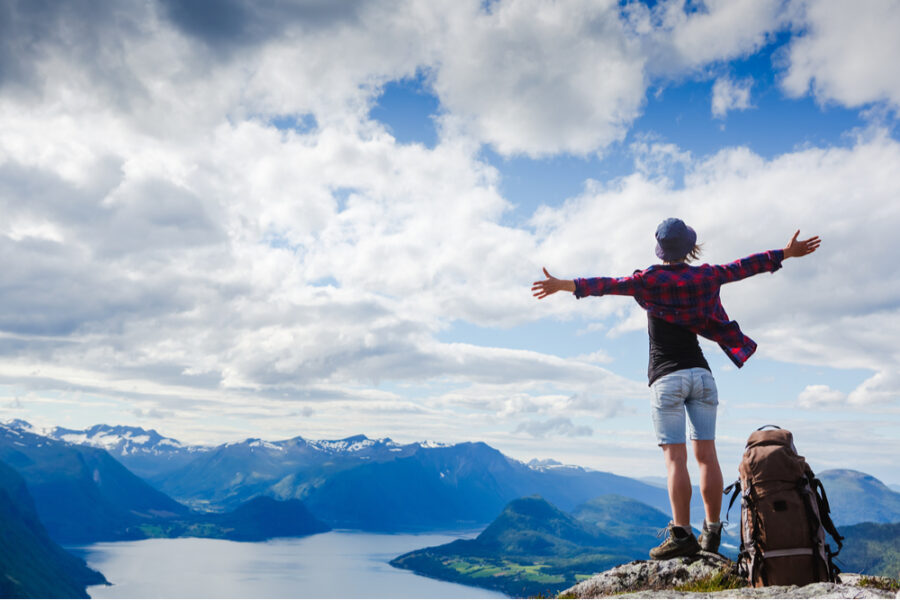
Although the scientific consensus is that being physically fit really has no bearing on your likelihood of developing altitude sickness, being in good shape certainly doesn’t hurt.
Indeed, while you might not get any inherent protection from being fit at high elevations, we do know that a high level of physical fitness does reduce fatigue on the trail. So, dedicating plenty of time to training your cardiovascular system before heading on a high altitude camping trip is essential.
In particular, high altitude hikers should focus on developing a solid base of cardiovascular endurance. Building up strength when carrying a hiking backpack is also important, so try carrying a heavy pack on your training hikes.
5. Stay hydrated
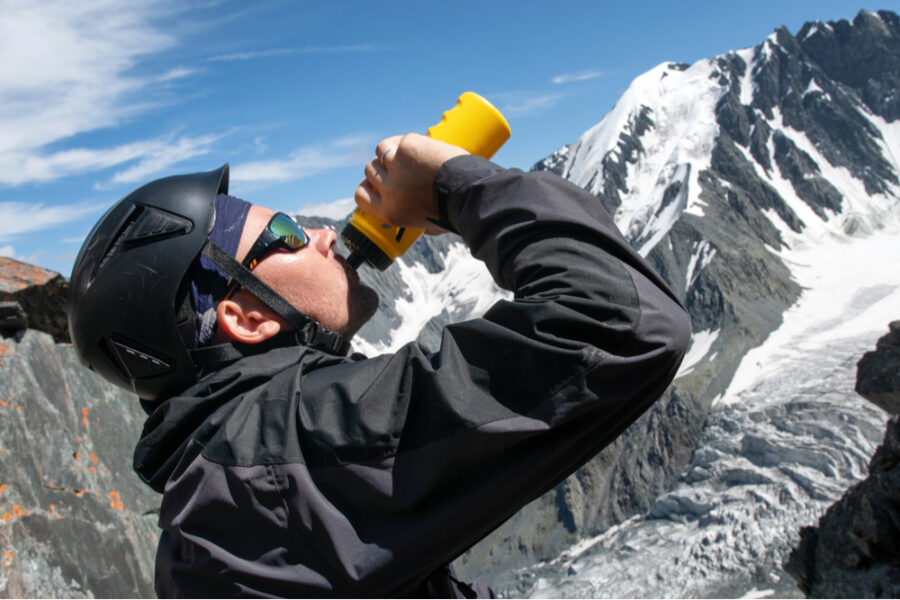
In cold, high altitude environments, people often don’t feel as thirsty as they might when in the hot desert of Death Valley National Park. Despite this, it’s essential that you stay hydrated when hiking at high elevations.
Packing plenty of water bottles on your hike will help ensure that you keep your body hydrated while you trek.
As with physical fitness, there’s no scientific evidence to suggest that staying hydrated will protect you from getting altitude sickness. But, we definitely know that you don’t want to have altitude sickness and dehydration at the same time, so keep on drinking water on your adventures.
Read More : How to Purify and Treat Water While Camping
6. Don’t forget to eat
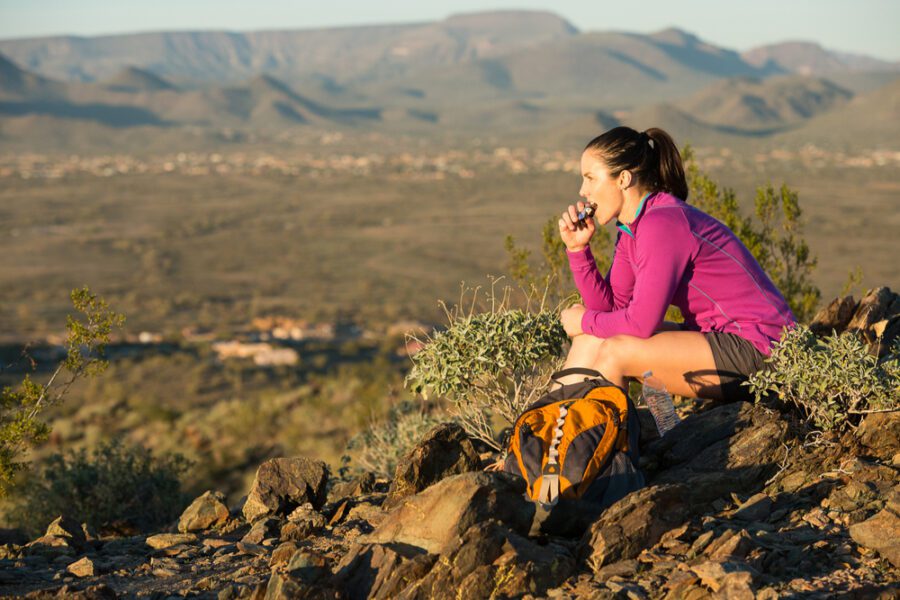
Okay, we know that this tip might sound a little odd as you’ve probably never met a hiker that wasn’t hungry. But people tend to feel quite nauseated at high elevations, which leads them to stop eating.
High altitude adventures take a whole lot of energy, though, so getting enough calories is essential. That being said, we understand how difficult it is to eat an entire meal when you don’t feel well.
To combat this issue, high altitude campers should bring plenty of hiking snacks and other easy-to-eat items like protein bars. Most people find that they can still stomach small amounts of food throughout the day, so this is a great way to keep your energy up when you don’t feel good enough to eat a big meal.
7. Protect yourself from the sun
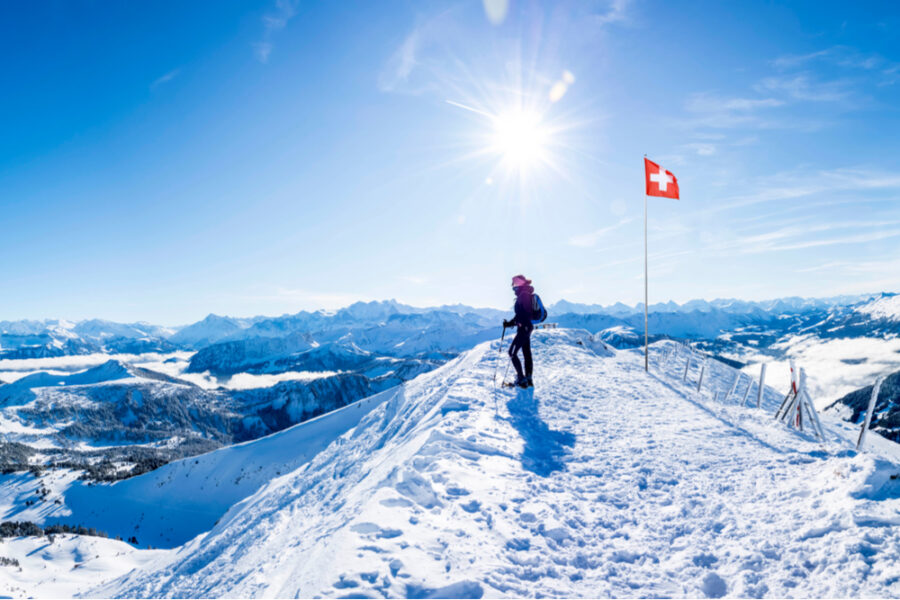
While many high altitude hikers are aware of the dangers of altitude sickness, few realize the potential risk of sunburn and other sun-related injuries while in the mountains.
The sun’s harmful rays are much stronger at higher elevations, in part because there are fewer atmospheric particles around to absorb some of this radiation. Therefore, many high altitude hikers are prone to serious sunburns or even snow blindness while in the mountains.
That’s why anyone venturing into the alpine should come prepared with a sun hat, sunglasses, sunshirt, and sunscreen. As with all things in the mountains, prevention is key when it comes to sun protection at high elevations.
8. Go slow to go fast
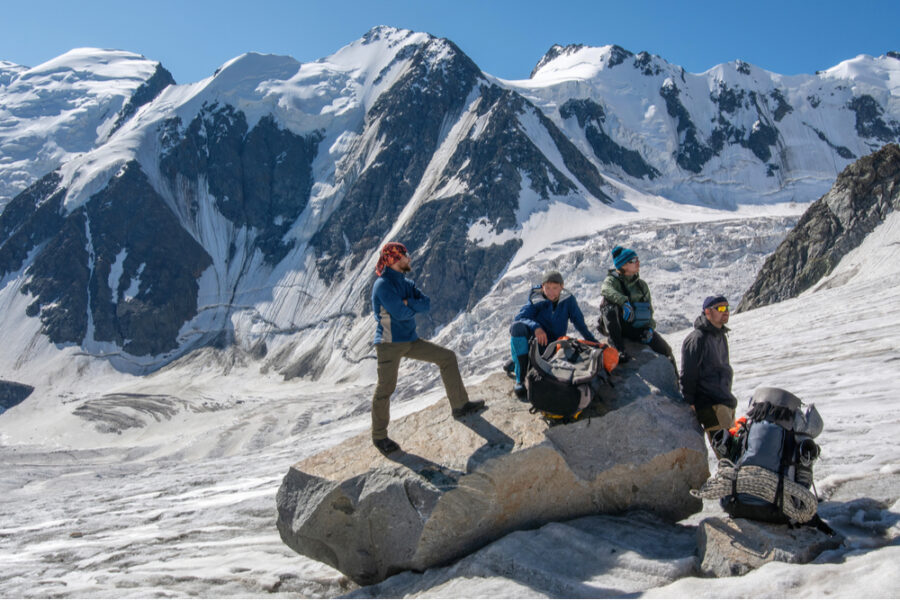
On the trail, we often feel the need to hike quickly to make it to our campsite for the night. At high altitudes, however, going slowly is usually the better move.
Pacing yourself on the trail can pay dividends in the long run as moving too quickly can exacerbate the shortness of breath that most of us normally feel at high elevations.
While hiking slowly won’t stop altitude sickness, frequent rest breaks and a slower pace on the trail can help you combat some of the exhaustion you’ll likely feel. Plus, the more rest breaks you have, the more time you have to drink water and eat snacks during the day.
What could be better?
9. Pack cold weather gear
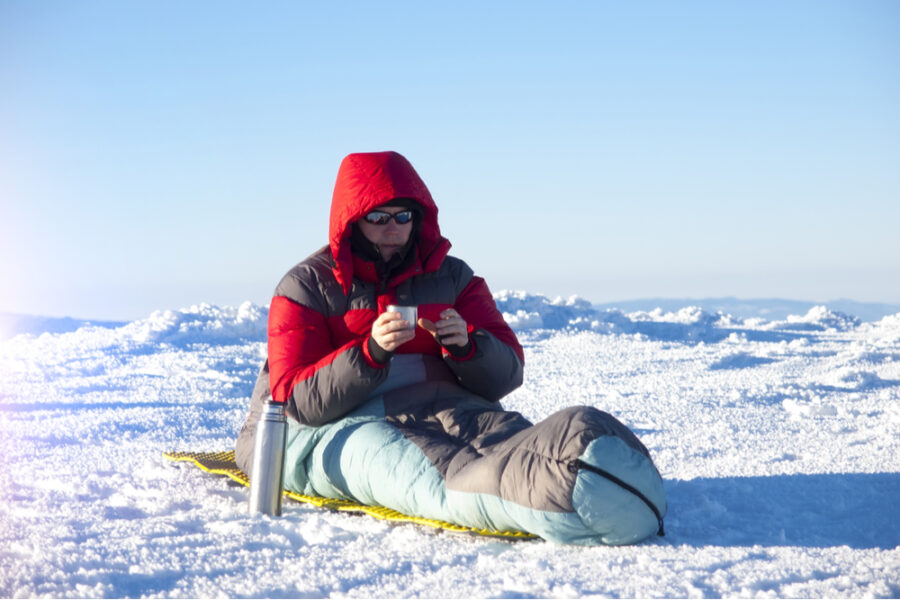
As you can probably imagine, higher elevation locales are prone to cold weather. Even in the summer months, it can be considerably colder in the mountains than it is in the valleys, so you’ll want to be sure to pack plenty of cold weather gear before your adventure.
Some of the most important things to pack on a high-altitude trip include hiking gloves and plenty of thick hiking socks. But you may also consider bringing something like a winter sleeping bag, even if you’re camping in the summer months.
What’s important is that you consider the nighttime low temperatures in your camping area as you pack. If you can’t get a detailed forecast for the specific elevation, you can use the general rule that the temperature usually decreases by 3.6ºF per 1,000 feet (6.5ºC per 1,000 m) to estimate the weather at your campsite.
Read More : Down vs Synthetic Insulation – Which One Is Better?
10. Listen to your body
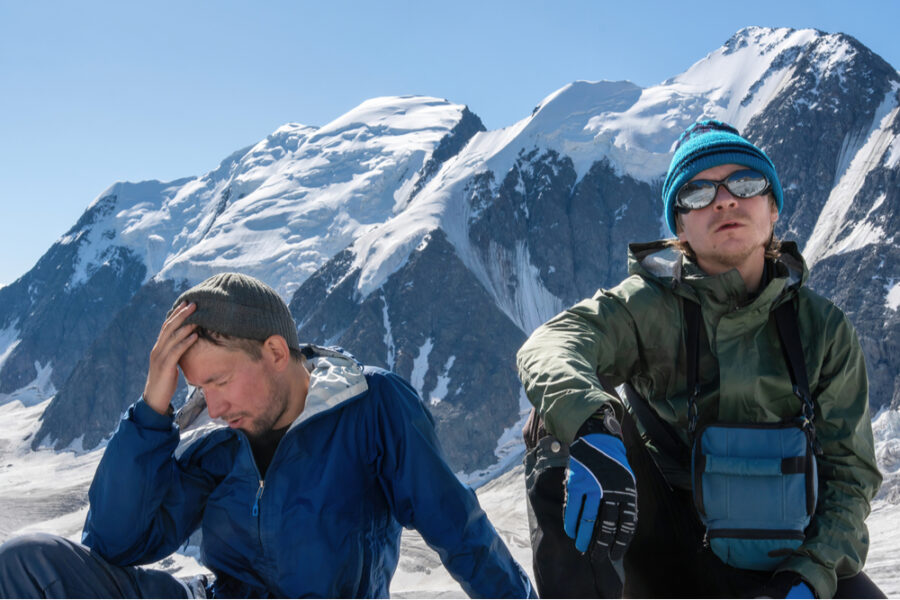
Finally, don’t forget to listen to your body on the trail. We can sit here and wax poetic all day about the various things you should look out for when in the mountains. But there’s no substitute for being aware of how you’re feeling as you hike and responding appropriately.
Simply put, if you don’t feel well, stop what you’re doing. If you’re at a high altitude, you probably need to descend to a lower elevation. Dealing with little issues as they arise is essential if you want to stop mild altitude sickness symptoms from turning into a full-blown medical emergency.
Recommended Reads :
Gaby Pilson
Gaby is a professional mountain guide with a master’s degree in outdoor education. She works primarily in the polar regions as an expedition guide, though she can be found hiking, climbing, skiing, sailing, or paddling in some of the world’s most amazing places when not at work.
